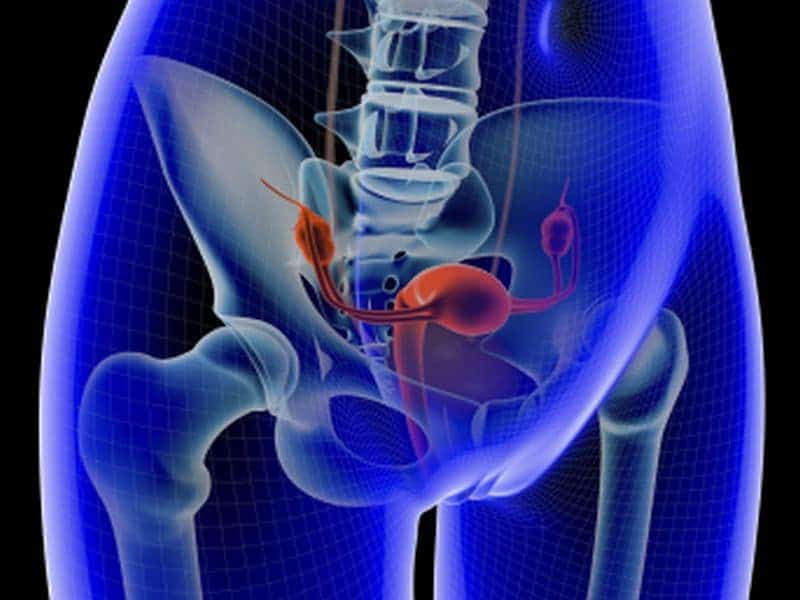THURSDAY, Sept. 19, 2019 (HealthDay News) — Among women with symptomatic uterovaginal prolapse, prolapse outcomes are similar after three years for vaginal mesh hysteropexy compared with vaginal hysterectomy with uterosacral ligament suspension, according to a study published online Sept. 17 in the Journal of the American Medical Association.
Charles W. Nager, M.D., from UC San Diego Health, and colleagues randomly assigned 183 postmenopausal women with symptomatic uterovaginal prolapse to undergo vaginal mesh hysteropexy (93 women) or vaginal hysterectomy with uterosacral ligament suspension (90 women).
The researchers found that the primary outcome (treatment failure composite outcome of retreatment of prolapse, prolapse beyond the hymen, or prolapse symptoms) did not differ significantly for women who underwent hysteropexy versus hysterectomy through 48 months (adjusted hazard ratio, 0.62; 95 percent confidence interval, 0.38 to 1.02; P = 0.06; 36-month adjusted failure incidence, 26 versus 38 percent). Compared with the hysterectomy group, the hysteropexy group had lower mean operative time (111.5 versus 156.7 minutes; difference, −45.2; 95 percent confidence interval, −57.7 to −32.7; P < 0.001). In the hysteropexy versus hysterectomy groups, adverse events included mesh exposure (8 versus 0 percent), ureteral kinking managed intraoperatively (0 versus 7 percent), granulation tissue after 12 weeks (1 versus 11 percent), and suture exposure after 12 weeks (3 versus 21 percent).
“The remaining uncertainty is too great to either establish benefit or to rule out the originally hypothesized magnitude of treatment effect,” the authors write.
Several authors disclosed financial ties to the pharmaceutical, medical device, and medical technology industries.
Abstract/Full Text (subscription or payment may be required)
Editorial (subscription or payment may be required)
Copyright © 2019 HealthDay. All rights reserved.



